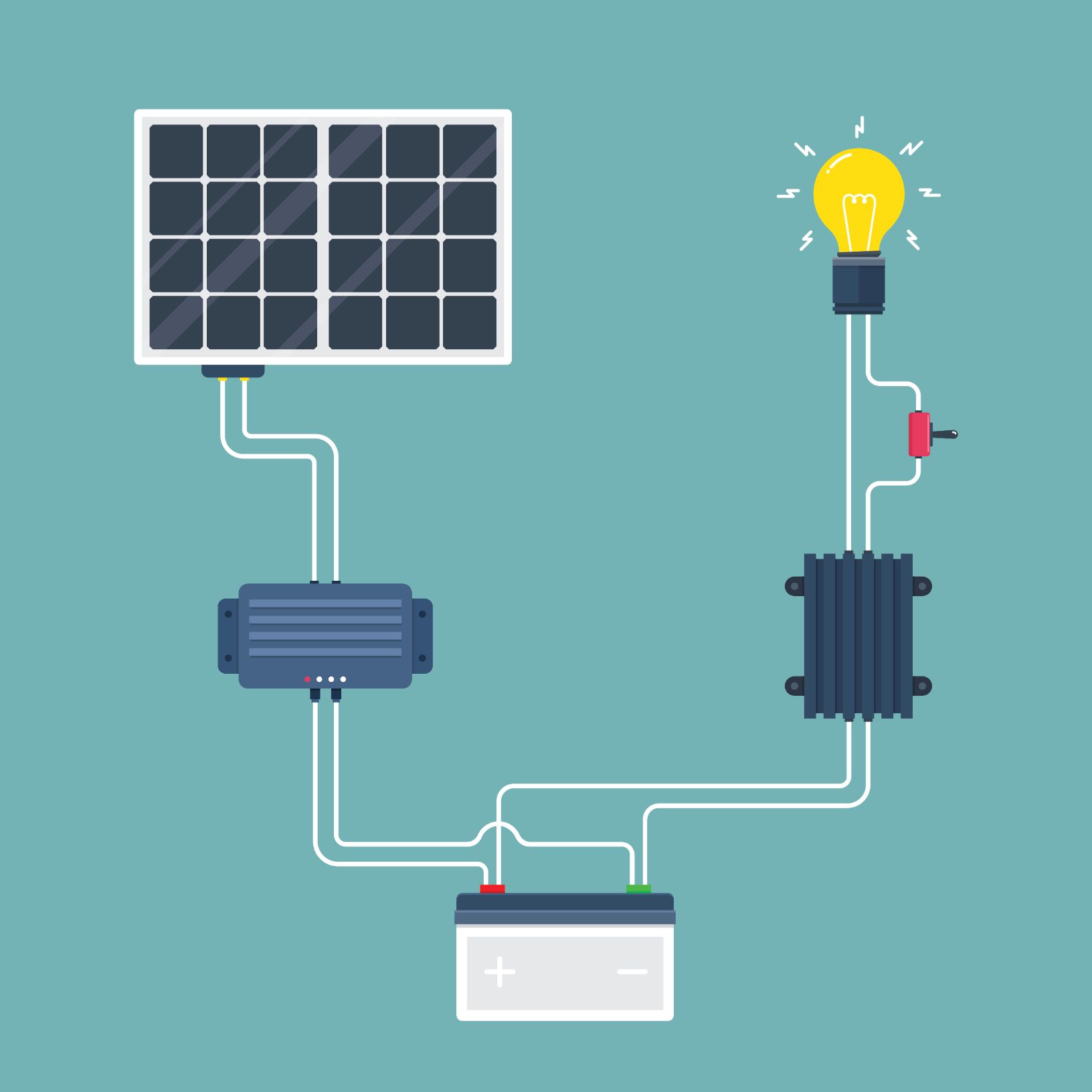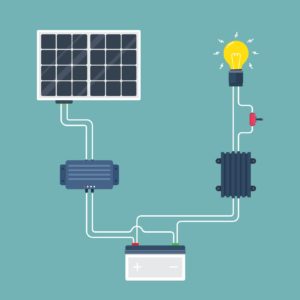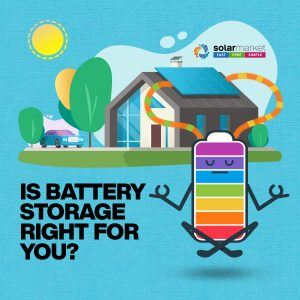So, you have a solar battery but now what?
Solar batteries require a certain amount of care and maintenance if you want to extend the life span of your battery to its maximum capacity.
Here is our solar battery maintenance guide to help you increase the longevity of your solar battery system.
1. Prevent Corrosion
In flooded battery installations, it can be easy for the terminals and cables to become corroded. This type of corrosion can lead to quick deterioration of your battery system and create potential hazards for your home.
Corrosion can be difficult to stop once it has set in but luckily it can also be easily prevented with these four simple steps!
- Apply a non-hardening sealant such as Vaseline to all metal parts of your terminal. Coat the wire lugs, nuts, bolts and metal joins so that they are protected from any acid splatter that may occur.
- Seal any exposed wiring at the terminal lug with submersible rubber splice tape.
- Store batteries over a floor drain or space where any spilt liquids can easily drain away.
- Wipe down your battery tops at least twice a year to reduce further corrosion and prevent any stray currents stealing energy.
2. Moderate Your Solar Battery’s Temperature
Solar batteries lose efficiency when they are exposed to extremely high or low temperatures. A solar batteries efficiency will drop by up to 25% when exposed to temperatures above 45 degrees and lose up to 50% battery life.
Although some batteries such as the sodium-nickel-chloride batteries and flow batteries are able to handle temperatures of up 60 degrees it is still a good idea to ensure your batteries are kept in a cool dry space.
If you want to get fancy with it, there are temperature compensation gadgets out there that can help control your batteries discharge during temperature spikes. These are a common solution for battery owners who have to store their battery in the outdoor elements.
3. Top Up Your Battery’s Water
If you have a flooded battery installation you will need to top up your system with water ever 15-30 days. Water will evaporate during the charge cycle and you will need to refill your battery using distilled water only.
 4. Check Your Solar Battery’s State Of Charge (SOC)
4. Check Your Solar Battery’s State Of Charge (SOC)
It is a good idea to look into installing a system monitor or a hydrometer. This will help you to monitor your solar battery’s state of charge, record it’s input and out put and allow you to check for any system faults.
How To Get A Solar Battery
Are you researching solar batteries for your home? One of the easiest ways to find the right option for you is by comparing quotes from installers in your local area.
Solar Market can connect you with three complimentary no-obligation solar battery quotes from three different installers so that you are getting the right information for you and your property. Just follow the below button and complete a quote request. Happy solar energy saving!












